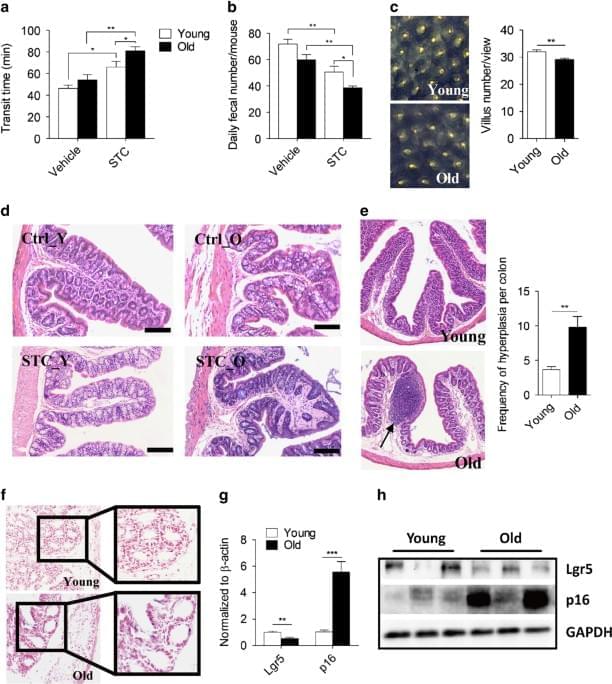Aging depletes the brain’s protective sugar shield, weakening defenses and fueling cognitive decline, but restoring key sugars may reverse these effects.
What if a critical piece of the puzzle of brain aging has been hiding in plain sight? While neuroscience has traditionally focused on proteins and DNA
DNA, or deoxyribonucleic acid, is a molecule composed of two long strands of nucleotides that coil around each other to form a double helix. It is the hereditary material in humans and almost all other organisms that carries genetic instructions for development, functioning, growth, and reproduction. Nearly every cell in a person’s body has the same DNA. Most DNA is located in the cell nucleus (where it is called nuclear DNA), but a small amount of DNA can also be found in the mitochondria (where it is called mitochondrial DNA or mtDNA).





